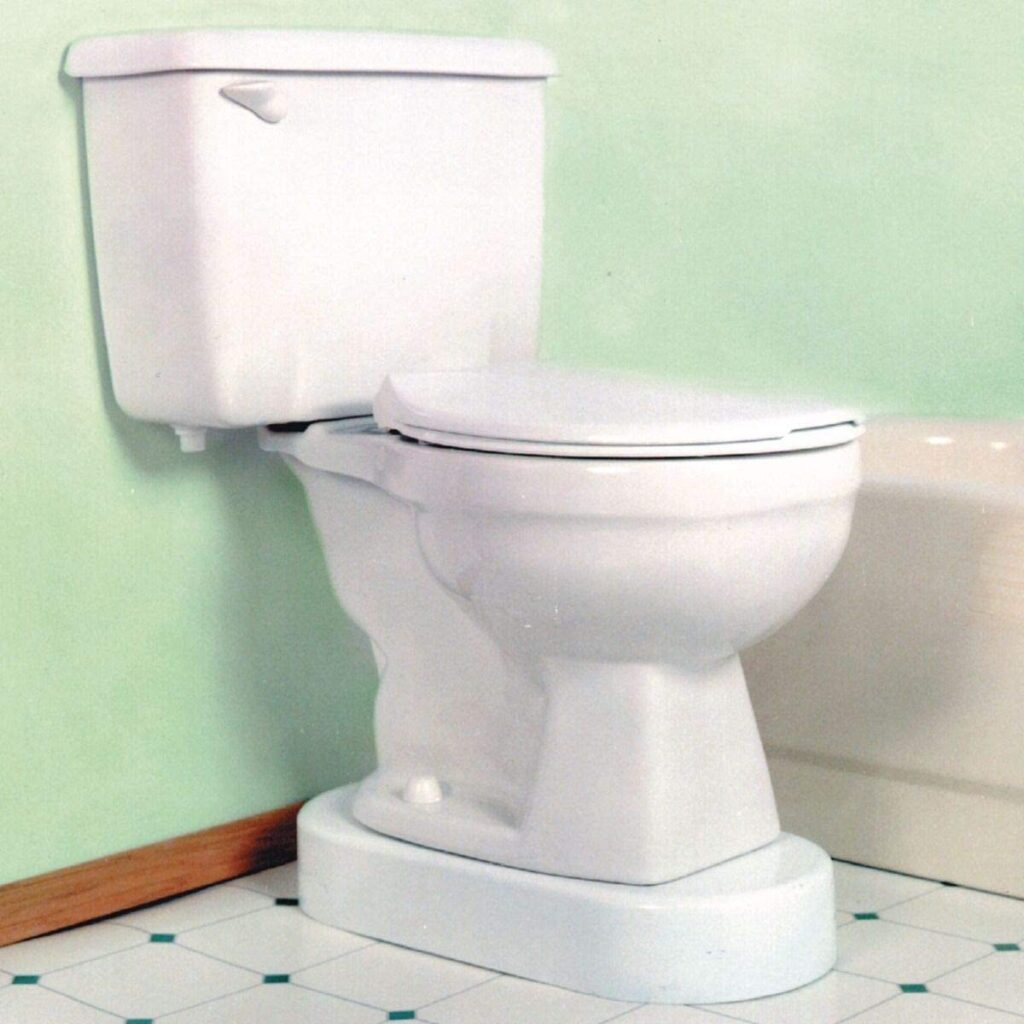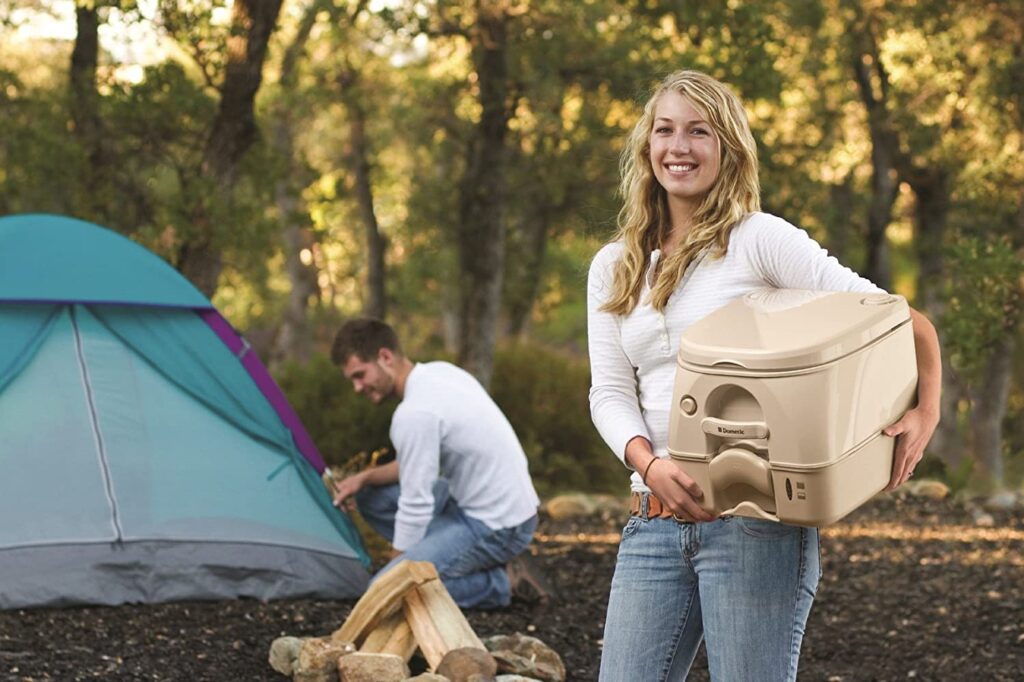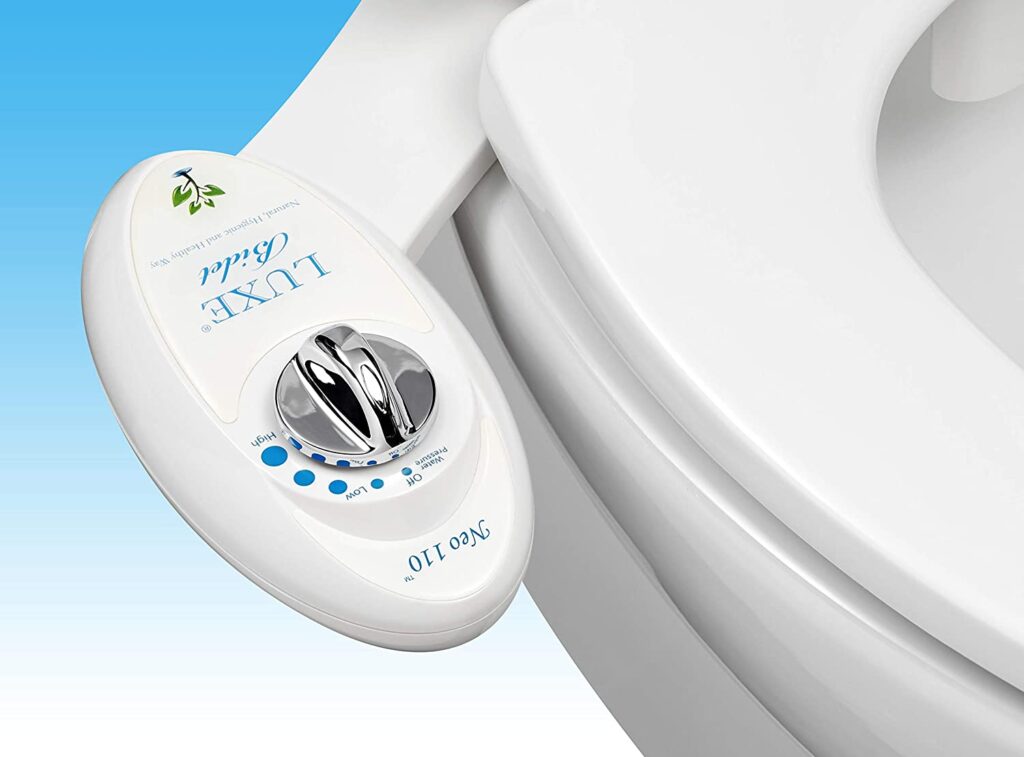Noticed yellow stains show up on your bathroom ceiling? It’s a common issue, especially in places with lots of moisture. Things like steam from hot showers, mildew, smoke, or even a small water leak can cause yellowish spots to form, making your ceiling look worn out and unappealing.
At first, it might seem like no big deal, just a cosmetic issue. But if you ignore it, those stains can lead to bigger problems, like mold, peeling paint, or even damage to your ceiling or drywall. The good news is, most yellow stains can be cleaned up easily with some basic household products—no need for harsh chemicals or expensive repairs.
In this guide, we’ll show you how to clean those yellow stains from your bathroom ceiling and give you tips on how to stop them from coming back.
Table of Contents
What Causes Yellow Spots on Bathroom Ceilings?
Before you start scrubbing, it helps to understand what’s behind those unsightly yellow blotches. Not all stains are created equal—some are harmless, while others may be signs of deeper issues.
Moisture & Steam
If your bathroom doesn’t ventilate well, steam from hot showers rises and condenses on the ceiling. Over time, this moisture creates water stains—especially if your paint isn’t moisture-resistant. These spots often appear as yellow halos or streaks.
Cigarette Smoke or Scented Candles
If someone smokes indoors or you frequently burn scented candles, smoke particles and oils can rise and settle on the ceiling. Over time, this buildup turns into greasy yellow or brown stains—especially in corners.
Improper Ventilation
Bathrooms without fans or windows often trap warm, humid air, which encourages mildew and mold. Even if you clean regularly, this trapped moisture can stain ceilings and promote unwanted bacteria growth.
Old Paint or Water Leaks
Yellowing can also happen when paint starts to age, especially if it’s low quality or wasn’t sealed properly. In some cases, leaky pipes in the attic or overhead floors may cause water to seep into the drywall, resulting in stubborn yellow discoloration.
🛠️ Pro Tip: If your ceiling feels soft to the touch or has peeling paint, the problem might be water damage—not just surface stains.
What You’ll Need Before Cleaning
Ready to tackle those spots? Don’t worry—you probably already have most of the supplies in your home. Before you begin, gather everything you need and prep your workspace for safety and convenience.
Essential Supplies Checklist
-
White Vinegar – Natural disinfectant that cuts through mildew and grime
-
Baking Soda – Great for lifting surface stains without damaging paint
-
Hydrogen Peroxide (3%) – Ideal for deeper yellow or moldy stains
-
Dish Soap – Cuts through oily residues from smoke or candles
-
Spray Bottle – For mixing and applying your cleaning solutions
-
Microfiber Cloths or Sponge – Gentle on ceilings, reusable, and super absorbent
-
Ladder or Step Stool – Always use something sturdy and stable
-
Safety Goggles & Gloves – Protects your eyes and skin from drips or cleaning agents
✨ Optional but helpful:
-
Stain-blocking primer (like Kilz or Zinsser) — especially if you plan to repaint
-
Mildew-resistant ceiling paint — to prevent stains from coming back
(You can find great options on Amazon—look for water-based, low-odor formulas.)
Step-by-Step Guide to Cleaning Yellow Spots
Cleaning yellow spots on your bathroom ceiling isn’t as intimidating as it sounds. With the right tools, a little patience, and the steps below, you’ll be able to remove those stains without damaging the paint or drywall.
Let’s break it down into simple, safe, and effective steps.
1. Prep the Area
Before you climb that ladder and start scrubbing, it’s important to prep your space.
Here’s what to do:
-
Move furniture or décor out of the way to avoid any drips or mess.
-
Lay down a towel, plastic sheet, or drop cloth to protect your floor from splashes.
-
Wear protective gear—gloves to protect your skin and safety goggles to keep cleaner from dripping into your eyes.
🛠️ Pro Tip: Make sure the ladder or step stool is on a level surface. Safety first, always.
2. Identify the Cause
Not all yellow stains are the same. Knowing what caused the spot can help you choose the best cleaner and avoid repeat problems.
Here’s how to tell:
-
Mildew or mold stains usually appear brownish-yellow, sometimes with a fuzzy texture. They tend to grow slowly over time and are common in damp corners.
-
Water stains often look like soft yellow or tan rings, especially near vents or ceiling edges. These usually indicate past moisture buildup or a small leak.
-
Smoke or candle stains tend to be sticky or greasy and often darker around light fixtures or corners where hot air rises.
If it feels slimy or smells musty—it’s likely mildew. If it’s dry and circular, it’s probably from water or steam.
3. Try a Mild Cleaning Solution First
If the stain isn’t too deep or old, you can often clean it with something as simple as dish soap and water.
Steps:
-
Fill a spray bottle with warm water and a few drops of mild dish soap.
-
Spray directly onto the yellow spot.
-
Use a soft microfiber cloth or sponge to gently scrub in a circular motion.
-
Wipe with a clean damp cloth and let it dry.
This method works well for smoke residue or light water spots. If the stain remains, move on to a stronger solution.
4. Use Vinegar or Hydrogen Peroxide for Tougher Stains
When soap and water don’t cut it, try these natural but powerful alternatives.
Option A: White Vinegar
-
Pour undiluted white vinegar into a spray bottle.
-
Spray generously on the yellow spot.
-
Let it sit for 10 to 15 minutes.
-
Wipe clean with a cloth, then rinse with water and dry.
Vinegar is great for mild mildew and steam stains.
Option B: Hydrogen Peroxide (3%)
-
Apply directly to the stain using a spray bottle or sponge.
-
Let it sit for 10–15 minutes.
-
Use a soft brush (like an old toothbrush) to gently scrub if needed.
-
Rinse and dry.
Hydrogen peroxide works especially well on deeper water stains or surfaces that might be starting to discolor.
🧼 Warning: Always test peroxide on a small area first—it has a mild bleaching effect and could lighten paint.
5. For Mold or Mildew: Use Baking Soda & Vinegar
If the stain looks moldy or fuzzy, it’s time for a deeper clean.
Steps:
-
Mix baking soda and white vinegar to form a paste.
-
Use a sponge or gloved hand to apply the paste onto the stained area.
-
Let it fizz and sit for 10–15 minutes.
-
Scrub gently with a soft brush or cloth.
-
Wipe clean with water and dry.
This combo helps neutralize odors, kill mildew, and lift off stubborn spots—all without toxic fumes.
6. Dry Thoroughly
Once your ceiling is clean, don’t forget this last step—it matters more than you think.
-
Use a clean, dry towel to wipe the area.
-
If your bathroom has a fan, run it for 20–30 minutes.
-
Or place a portable fan or dehumidifier nearby to remove any lingering moisture.
Drying thoroughly helps prevent yellow spots from reappearing, especially in bathrooms with poor airflow.
When to Repaint the Ceiling
Sometimes cleaning isn’t enough. If the yellow spots keep returning—or if your ceiling has peeling paint, bubbling, or visible water damage—it might be time to break out the paintbrush.
Here’s how to know it’s time to repaint:
-
The stain bleeds through even after cleaning
-
The ceiling has dark patches or permanent discoloration
-
The paint is cracking, flaking, or looks dull and chalky
How to Repaint Properly
Before you repaint, be sure to:
-
Clean the ceiling thoroughly and let it dry completely
-
Apply a mold- and mildew-resistant primer to seal any remaining stain
-
Use moisture-resistant ceiling paint to prevent future discoloration
🖌️ Amazon Tip:
Look for Zinsser Bulls Eye 1-2-3 Primer or Kilz Mold & Mildew Interior Primer — both are top-rated for sealing water and smoke stains. For the topcoat, try BEHR Premium Plus Ceiling Paint or Benjamin Moore Aura Bath & Spa, formulated for high-humidity areas.
A fresh coat of the right paint not only brightens your bathroom—it gives you a clean slate for easier maintenance.
How to Prevent Yellow Spots in the Future
Once your ceiling is clean (and possibly freshly painted), let’s keep it that way. Most yellow spots are the result of trapped moisture, so a little prevention can go a long way.
1. Improve Ventilation
-
If your bathroom doesn’t have an exhaust fan, install one—it’s one of the best long-term investments for your home.
-
Already have a fan? Run it for 15–30 minutes after every shower or bath to help moisture escape.
2. Let the Room Breathe
-
Keep the bathroom door open after use to help circulate air.
-
If possible, crack open a window during hot showers to let steam escape.
3. Clean the Ceiling Occasionally
-
Mix a 50/50 solution of white vinegar and water in a spray bottle.
-
Lightly spritz the ceiling once a month, then wipe with a microfiber cloth.
-
This prevents mildew and surface residue from building up.
4. Use Moisture-Resistant Paint
If you’re repainting, always go with a mildew-resistant, satin or semi-gloss finish. These coatings are easier to clean and hold up better in damp spaces than flat paints.
💡 Bonus Tip: Consider adding a small dehumidifier or moisture absorber (like DampRid) in especially humid bathrooms.
Final Thoughts
Yellow stains on your bathroom ceiling may not seem like a big deal—but they’re often the first sign of moisture problems or poor ventilation. The good news is: with the right approach, they’re easy to clean and even easier to prevent.
Here’s your checklist for success:
-
Identify the cause: water, smoke, or mildew?
-
Choose the right cleaning method: start mild, go stronger if needed
-
Dry thoroughly and repaint if necessary
-
Keep moisture under control with ventilation and regular cleaning
Natural solutions like vinegar, baking soda, and hydrogen peroxide are often all you need—so there’s no reason to jump to harsh chemicals unless absolutely necessary.
With a little regular care, your bathroom ceiling can stay clean, white, and fresh-looking for years to come.
Quick FAQ: Yellow Spots on Bathroom Ceilings
Q: Are yellow stains always caused by mold?
Not always. While mold and mildew are common culprits, water damage, aging paint, and smoke residue can also cause yellowing. Identifying the cause helps you treat it properly.
Q: Can I paint over yellow spots without cleaning them first?
Technically yes—but it’s not recommended. Paint alone won’t seal in moisture or mold, and the stains will likely bleed through again. Always clean and dry the area first, then use a stain-blocking primer before painting.
Q: What’s the safest cleaner for a painted ceiling?
Start with warm water and dish soap. For tougher stains, use white vinegar or 3% hydrogen peroxide. Avoid anything abrasive or highly acidic, as it can strip paint or damage drywall.
Q: How do I know if it’s mold or just a water stain?
Mold is usually fuzzy, musty-smelling, and may spread over time. Water stains are typically smooth and ring-like. When in doubt, clean the area and monitor it—if it reappears, mold might be the issue.
Q: How often should I clean my bathroom ceiling?
A light wipe-down every 1–2 months with a vinegar solution can help prevent stains and mildew. Ventilation and humidity control are even more important for long-term prevention.






